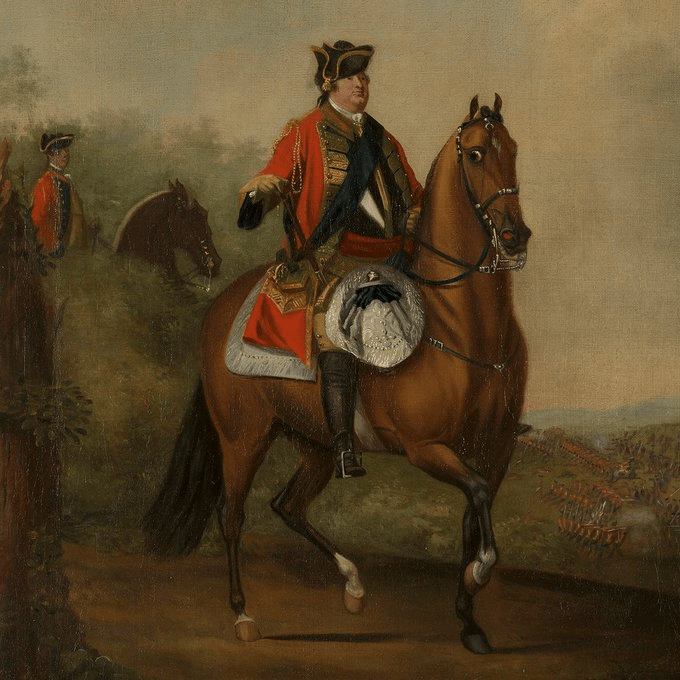
2 April 1746: While in camp at Aberdeen, the Duke of Cumberland instructed his battalion commanders to begin training on a modified platoon firing drill which was designed to inflict maximum damage to an oncoming highland charge. The Royal Scots Fusiliers were “to be out in the Park tomorrow at 11 o’clock there to practice the motions of alternate firings by platoons from ye right and left to ye centre reserving fire of ye front rank and Grenadiers.”1 Contrary to popular belief Cumberland did not introduce a new bayonet drill.
2 April 1746: Jacobite forces under Lord George Murray lifted the siege of Blair Castle and began withdrawing back to Inverness, ready for the coming showdown with the Duke of Cumberland’s army. The garrison under Lieutenant-Colonel Sir Andrew Agnew of Lochnaw were at the point of starvation.2
Notes:
